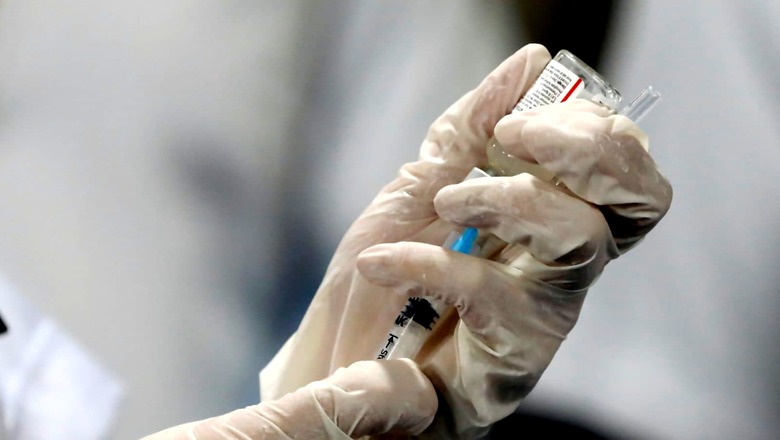
views
Kerala has again emerged as the top performer in terms of overall health performance among larger states, while Uttar Pradesh is the worst, according to the fourth Health Index launched by Niti Aayog. The fourth round of the Health Index took into account the 2019-20 period.
The report by the government think tank said Tamil Nadu and Telangana are second and third best performers, respectively, on health parameters. Bihar and Madhya Pradesh are second and third-worst performers, respectively. Despite being ranked the worst, Uttar Pradesh topped in terms of incremental performance by registering the highest incremental change from the base year (2018-19) to the reference year (2019-20).
Among smaller states, Mizoram emerged as the best performer in overall performance as well as incremental performance. Among UTs, Delhi and Jammu & Kashmir ranked at the bottom in terms of overall performance. However, these two were leading performers in terms of incremental performance. The report pointed out that for the fourth consecutive round, Kerala emerged as the best performer in terms of overall performance.
Kerala and Tamil Nadu were top two performers in terms of overall performance with the highest reference year index scores but ranked 12th and eighth respectively in terms of incremental performance. Telangana performed well both in terms of overall performance as well as incremental performance and secured the third position in both instances.
It pointed out that Rajasthan was the weakest performer both in terms of overall performance and incremental performance. In the case of smaller states, Mizoram and Tripura registered strong overall performance, and at the same time showed improvements in incremental performance, the report added.
As per the report, the health index is a weighted composite score incorporating 24 indicators covering key aspects of health performance. It said health index comprises select indicators in three domains — health outcomes, governance and information, and key inputs and processes.
Releasing the report, Niti Aayog Vice Chairman Rajiv Kumar said: “States are beginning to take cognizance of indices such as the State Health Index and use them in their policymaking and resource allocation.” This report is an example of both competitive and cooperative federalism, Kumar added. According to the report, the gap in the overall performance between the best and the worst performing larger state and UTs narrowed in the current round of the Health Index, while it increased for the smaller states.
The maximum index score that a state/UT can achieve is 100, the report said, adding that in the case of larger states, the highest observed overall index score of 82.20 is for Kerala, followed by 72.42 for Tamil Nadu, 69.96 for Telangana and 69.95 for Andhra Pradesh which is quite a distance from the frontier (100 points). “Nearly half the states and UTs did not reach the half way mark in the Composite Overall Index Score, and despite good performance, even the top ranking states and UTs could benefit from further improvements,” it said. In case of smaller states, the report said the front-runner state was Mizoram with an index score of 75.77, followed by Tripura with an index score of 70.16. Among the UTs, the front-runners were DH & DD and Chandigarh with index scores of 66.19 and 62.53, respectively. “This clearly indicates that there is room for improvement for all states/UTs, including the best performing states/UTs,” it said. Forty-seven per cent of the larger states and 29 per cent of the UTs performed best in ‘Governance and Information’ domain compared to any other domain. According to the report, forty-seven per cent of the larger states, 88 per cent the smaller states and 71 per cent of the UTs performed best in the Health Outcomes domain than any other domain. Only 5 per cent of the larger states and 12 per cent of smaller states and none of the UTs performed best in ‘Key Inputs and Processes’ domain compared to any other domain, it said. The report has been prepared in collaboration with the Ministry of Health and Family Welfare (MoHFW) with technical assistance from the World Bank.
According to an official statement, the importance of this annual tool was re-emphasized by MoHFW’s decision to link the index to incentives under the National Health Mission. This has been instrumental in shifting the focus from budget spending and inputs to outputs and outcomes, it added.
Read all the Latest Business News here


















Comments
0 comment